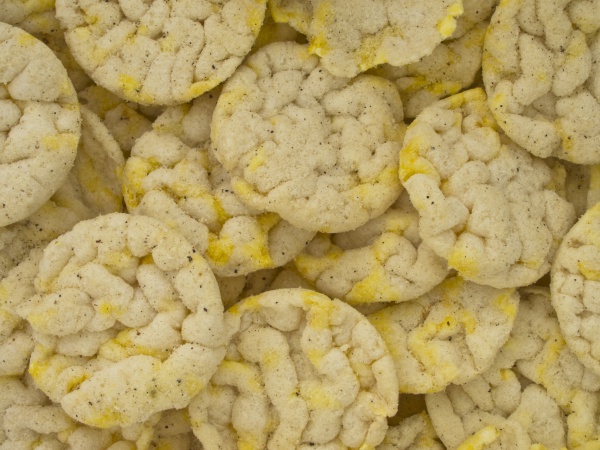Facts About Rice cake
Rice cakes are a versatile culinary delight made from rice that’s been shaped, condensed, or combined into a unified form, often sweetened. They hold a significant place in many cultures, particularly in Asia, where rice is a staple food. These cakes can be crafted from rice flour, ground rice, or whole grains compressed with other ingredients.
In Cambodia, you can savor rice cakes such as Ansom Chek, Num Kom, Num Krok, Num Plae Ai, Num Ah-Kor, and Nom Chak-Kachan. Chinese varieties include Nian Gao, Tangyuan, Erkuai, White Sugar Sponge Cake, and Jiangmi Gao. In the Philippines, rice cakes, collectively known as "kakanin" feature delicious creations like Ampaw, Baye Baye, Bibingka, Biko, Espasol, Kutsinta, Mache, Masi, Moche, Palitaw, Panyalam, Puto, Puto Bumbong, Salukara, Sapin-Sapin, Suman, and Tupig.
Indian rice cakes include Patoleo, Pitha, Idli, and Puttu. In Indonesia, popular rice cakes include Burasa, Ketupat, Lontong, and Nasi Himpit. Japanese rice cakes are known as Mochi and Senbei. Korea offers a variety called Tteok, featuring types such as Sirutteok, Injeolmi, Songpyeon, Bupyeon, Kkultteok, Hwajeon, Tteokbokki, Tteokguk, and Mujigae-tteok. Sri Lanka also enjoys rice cakes like Idli, Puttu, and Seenakku.
In Taiwan, the Tainan bowl rice cake is a favorite. Vietnamese rice cakes encompass Bánh bèo, Bánh bò, Bánh đúc, Bánh chưng, Bánh tét, and Bánh tổ. Other international variations include Chwee Kueh from Singapore, puffed rice cakes in North America, Rijsttaart and Rijstevlaai in Dutch and Belgian cuisine, Torte di Riso in Italian cuisine, Tahchin in Iranian cuisine, Masa in Nigerian cuisine, and Vitumbua in East African Swahili cuisine.
Rice cakes can be either savory or sweet, with each culture imparting its unique twist and preparation method. They are enjoyed as snacks, desserts, or even as part of main meals.

 Malaysia
Malaysia